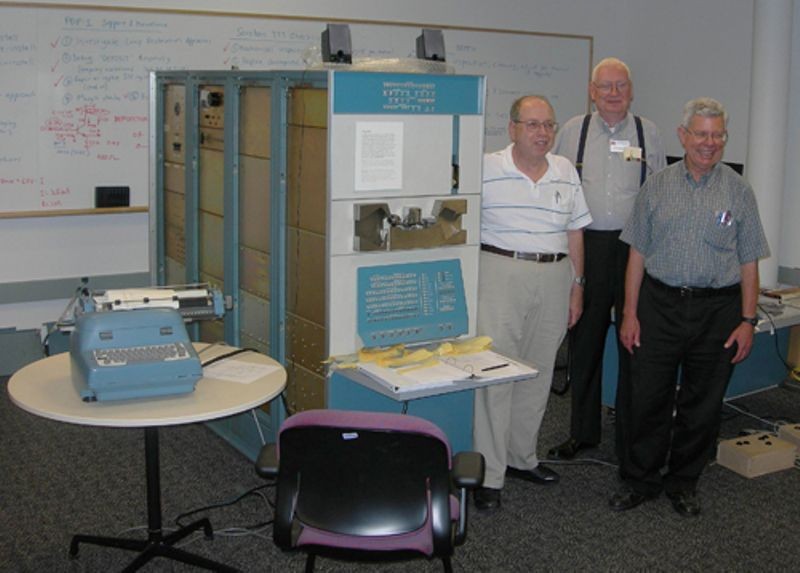Alan Kotok

We would produce a MIDAS-like assembler for the PDP-1 over the weekend, which would work well enough to assemble itself on the PDP-1. If we succeeded, we'd get paid for our time (which, as I recall, was $1.75/hr). If not, we worked for free. Alan Kotok about writing the PDP-1 assembler at MIT
Born: November 1941, Philadelphia, Pennsylvania
Died: May 26, 2006
Alan Kotok headed to MIT as a freshman in electrical engineering in the fall of 1958. That year he joined the Signals and Power Subcommittee at the MIT Model Railroad Club. This group proved to be highly adept at understanding complex technical systems (like telephone exchanges, for example) and making them do new things. The club was even allowed access to TX-0, MIT’s custom-built, $3,000,000 computer, thanks to former Railroad Club member (and now professor) Jack Dennis.
In September of 1961, DEC donated the second PDP-1 it had produced to MIT's Research Laboratory for Electronics (RLE). Kotok became student staff programmer shortly thereafter. The new PDP-1 was a dream to hackers. Six of them, including Kotok, Samson, Bob Saunders and Bob Wagner, spent a total of two hundred and fifty man-hours one weekend re-writing Ed Fredkin’s FRAP assembler for the PDP-1.
Kotok also wrote the legendary DEC Debugging Tape (DDT) program and made the first game controllers for the PDP-1 (with Bob Saunders). He joined DEC in 1962 and later went on to be the chief architect of the powerful PDP-10 family of computers as well as to hold senior engineering positions in DEC's storage, telecommunications and software organizations.
Kotok retired from DEC in the fall of 1996 after a 34-year career. Until he passed away on May 26, 2006, he was Associate Chair of the World Wide Web Consortium (W3C), responsible for managing contractual relations with W3C members.
Kotok held B.S.E.E. (1962) and M.S.E.E. (1965) degrees from MIT and an M.B.A. from Clark University (1978).










